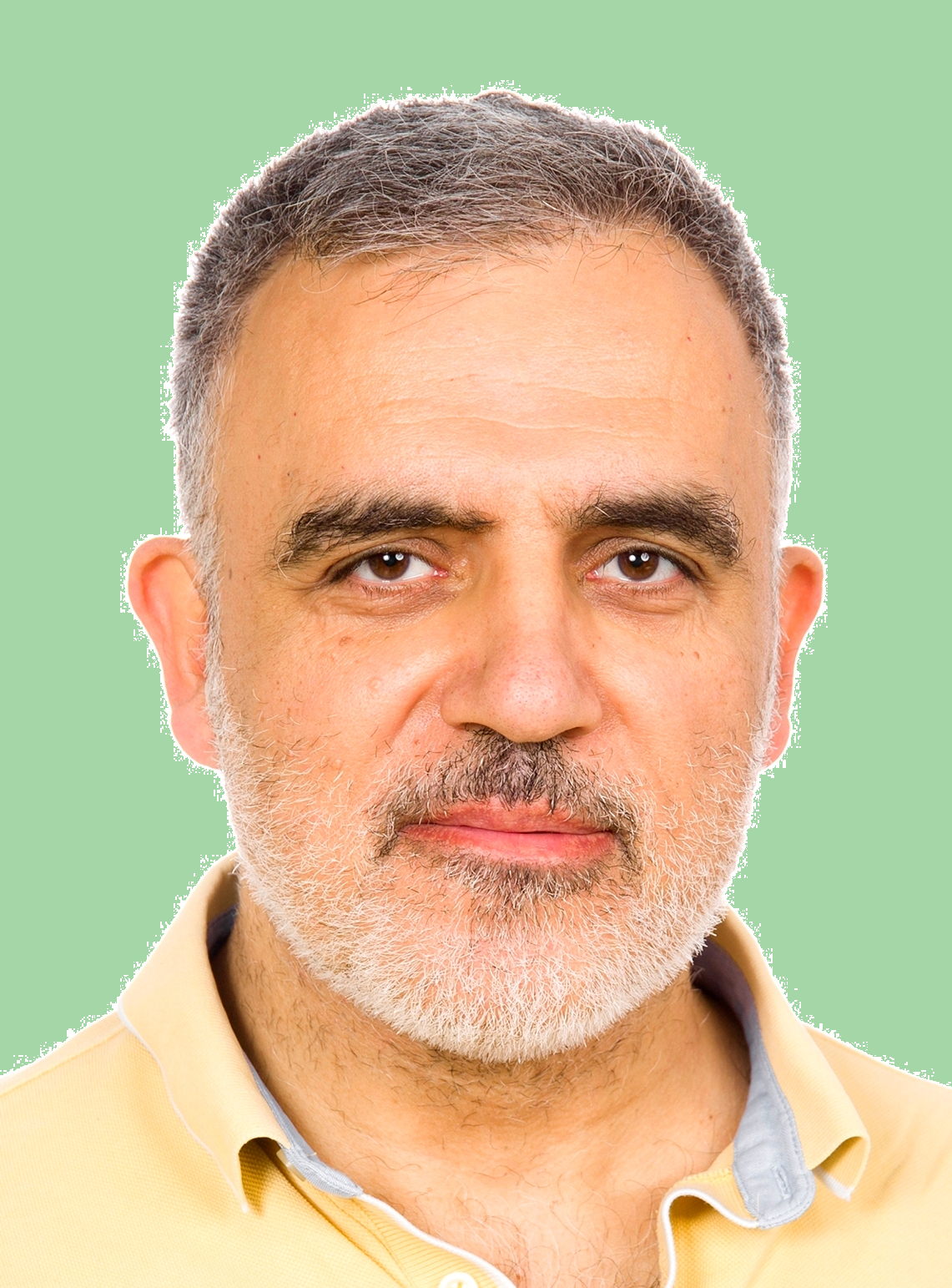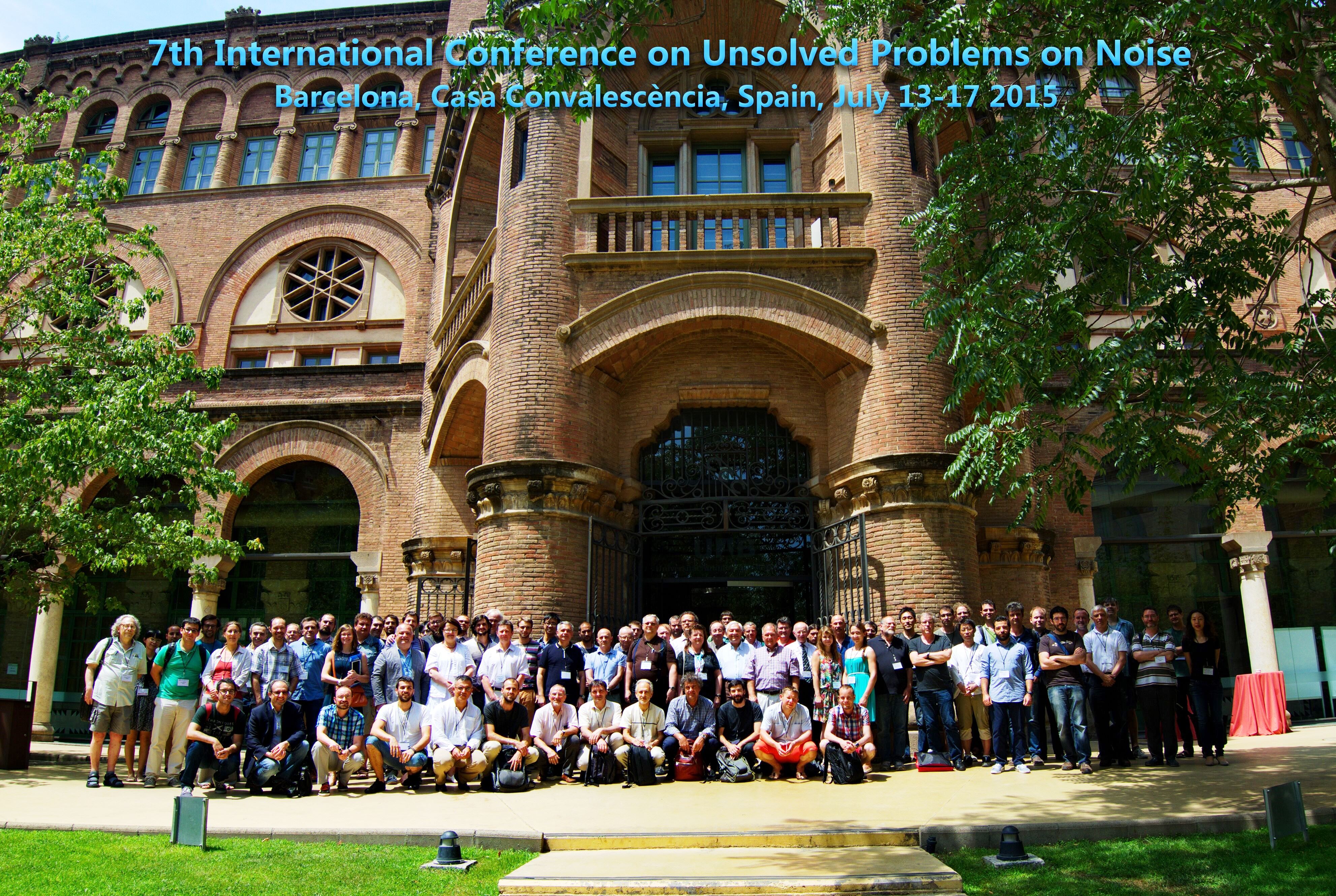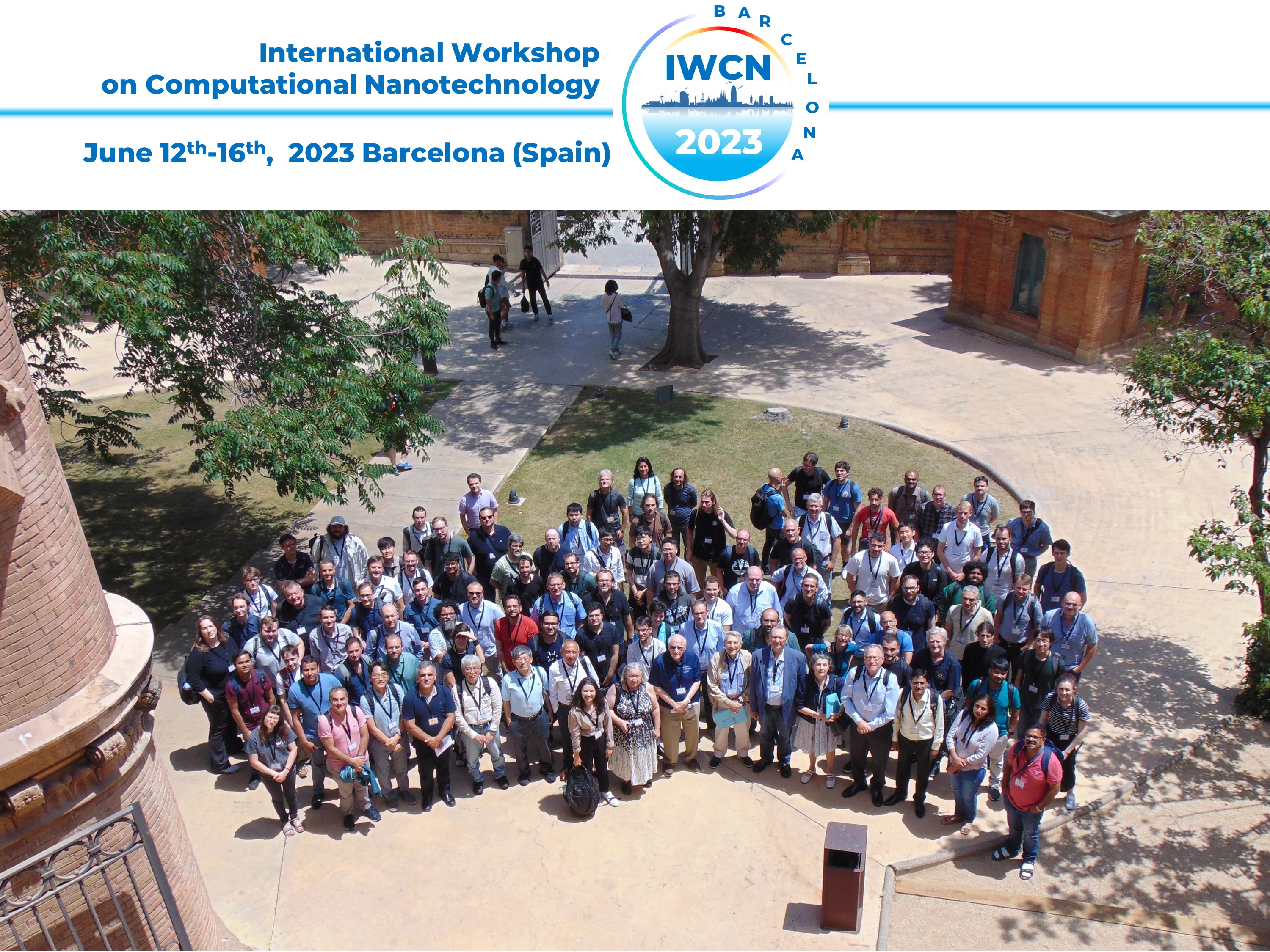Research
Current Topics
Among other, the main reserach topics of the group are:
1.- Strong light-matter interaction in semiconductors:
We investigate strong light–matter interactions in semiconductor nanodevices by modeling how electrons coherently interact with quantized photon fields. We use Bohmian mechanics to track electron trajectories while preserving full quantum coherence and entanglement with photons. This approach allows for the simulation of non-perturbative, strong-coupling regimes where energy is exchanged dynamically between electrons and photons.
The history of electronics is a long story of the success of electrons dancing with electromagnetic fields. We argue that the next step in this successful history is electronic devices operating in the strong light–matter regime. We model realistic device architectures, such as transistors and resonant tunneling devices integrated with photonic cavities, operating at high frequencies (GHz to THz). By embedding quantum optics directly into quantum transport models, we bridge two traditionally separate fields. Through this trajectory-based quantum formalism, we offer a novel way to understand and control light–matter coupling at the nanoscale.
2.- Weak values as novel properties to characterize quantum systems:
Weak values are an original (and largely unexplored) way of predicting novel properties of quantum systems that are empirically observable in the laboratory. The great merit of this new information offered by weak values is that it cannot be accessed through expectation values. These weak values provide a novel approach to understanding and characterizing quantum systems.
In particular, we propose a novel method to measure position–momentum weak values in electron devices via displacement currents. We also derive a local Ehrenfest-like theorem indicating that a single weak value measurement can inform not only position but also higher-order dynamical properties. On quantum thermalization, we demonstrate how many-body weak values can reveal non-thermalized momentum even when standard averages appear thermalized. Our work connects modal (Bohmian) interpretations to weak value ontology, showing that weak values correspond to intrinsic dynamical properties within these theories. Overall, our contributions establish weak values as powerful tools for probing the dynamics of quantum systems in novel ways.
3.- Foundations of quantum (Bohmian) mechanics:
We have made contributions to the foundations of quantum mechanics through the lens of Bohmian mechanics. We advocate for the Bohmian (pilot-wave) interpretation as a consistent, realist alternative to standard quantum mechanics, emphasizing its utility in practical quantum simulations. We have developed computational frameworks that use Bohmian trajectories to model electron (and electron-photon) dynamics in mesoscopic and nanoelectronic systems. We have used this framework to address long-standing interpretational issues, such as quantum nonlocality, measurement, and the nature of quantum noise. In many-body systems, we developed methods to approximate the (Bohmian) conditional wave function, enabling simulations of interacting particles with reduced computational cost. We also demonstrated how Bohmian mechanics naturally incorporates decoherence and thermalization without invoking wave function collapse.
We have shown that Bohmian mechanics can reproduce standard quantum predictions while also offering a clear, particle-based ontology. Beyond simulation, in the philosophical debate around realism in quantum theory, we position Bohmian mechanics as an empirically adequate and conceptually transparent theory. Our research shows how foundational ideas can lead to practical computational techniques for real-world quantum technologies. Overall, we revitalize Bohmian mechanics as both a philosophical framework and a powerful tool for quantum modeling and prediction.


